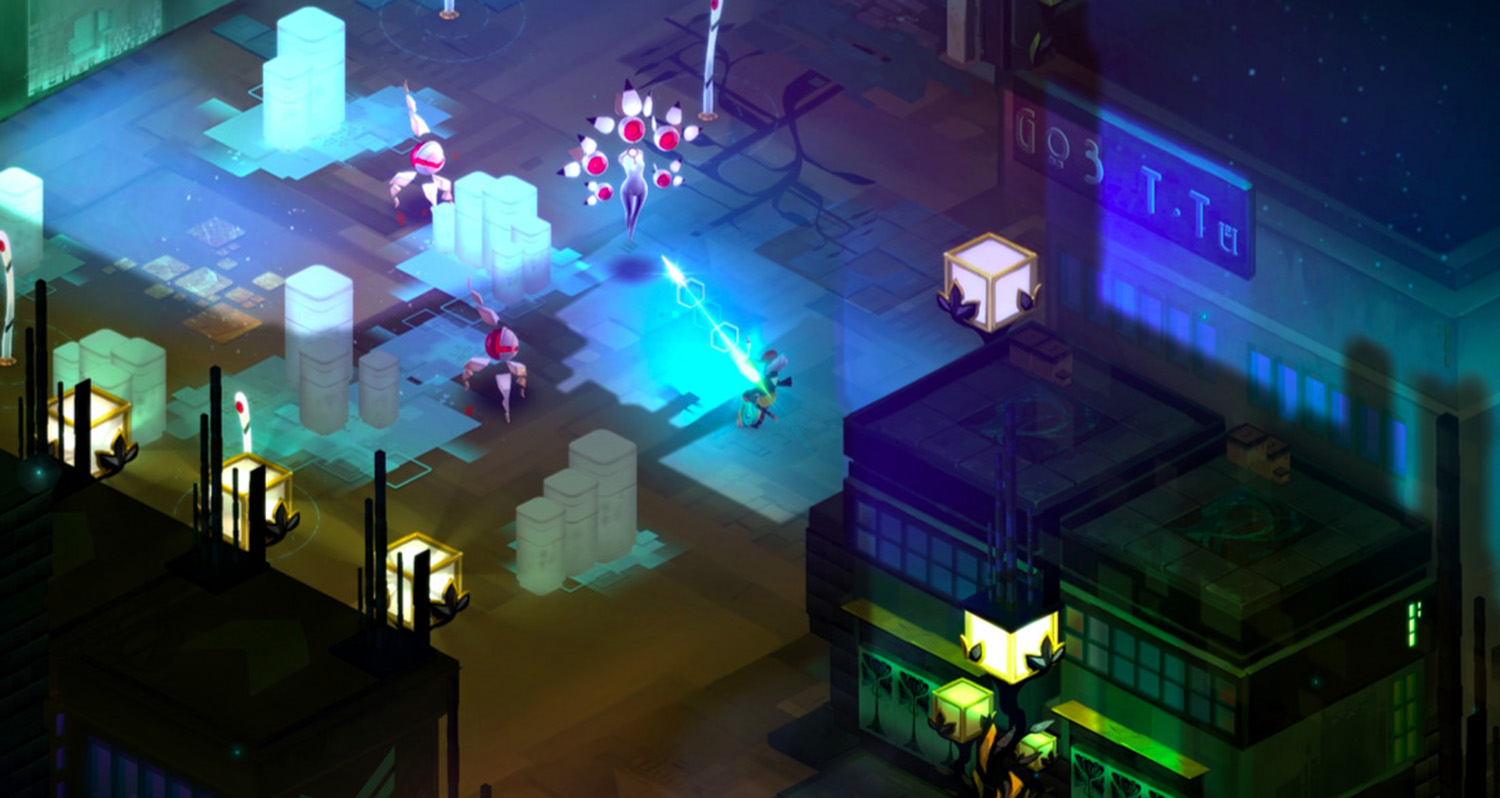Access Points in Transistor are an integral component that significantly enhances the player’s experience, providing a multifunctional hub for gameplay management. These locations serve several critical purposes:
1. Save Game Functionality: Players can save their progress at Access Points, ensuring that their journey through the game’s narrative and combat challenges is preserved. This mechanic is essential for those exploring the world of Transistor, as it allows for personal investment in their journey without the fear of losing hard-earned advancements.
2. Restoration of Overloaded Functions: When players experience an overload, losing access to certain abilities, discovering new Access Points allows them to restore those functions. This recovery mechanism is crucial for maintaining combat effectiveness, as players can regain their full arsenal and adapt to various challenges.
3. Information and Upgrades Access: Access Points provide detailed information about the Transistor itself, including its unique characteristics and lore. Furthermore, players can explore and upgrade the various Functions—abilities used in combat—which contributes to deepening their understanding of the game’s mechanics and narrative.
4. Management of Functions: Players can reorganize their active and passive Functions at Access Points, which is vital for optimizing their combat strategy. Each Function consumes a portion of the Transistor’s memory capacity, and Access Points display this available memory, allowing players to make informed decisions about their loadout. Balancing high-impact abilities with passive benefits based on memory limits becomes a key aspect of gameplay strategy.
In summary, Access Points are not just locations on the map; they play a crucial role in player progression, allowing for strategic customization, recovery, and a deeper engagement with the game’s systems. They significantly contribute to the holistic experience of Transistor, ensuring that players can navigate the challenges of the game effectively while exploring its rich narrative tapestry.






Leave a Reply